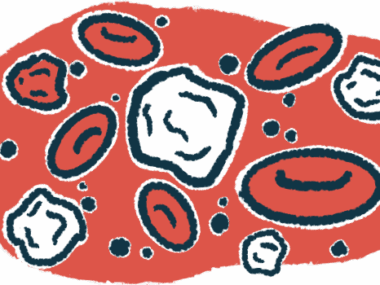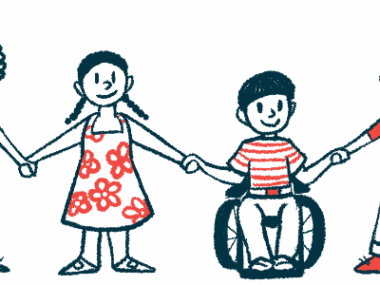Rheacell, AOP partner on stem cell therapy for epidermolysis bullosa
Companies seek to submit therapy to European Medicines Agency by next year
Written by |

Rheacell and AOP Health are partnering to make stem cell therapies available for people with epidermolysis bullosa (EB) in Europe and elsewhere.
“This partnership marks a significant milestone for Rheacell and the further development of our stem cell medication programs,” Christoph Ganss, MD, Rheacell’s CEO, said in a joint press release from the companies. “Collaborating with an established partner like AOP Health to commercialize our stromal [stem] cell medications will allow us to bring our innovative therapies to the European patients faster and more efficiently.”
With two ongoing Phase 3 clinical trials, the companies expect to submit a therapy to the European Medicines Agency for regulatory approval as soon as next year.
Besides providing a possible treatment option for EB, Rheacell’s therapy may also help people with chronic leg ulcers. AOP, which has experience in therapies for rare diseases and in intensive care, intends to support Rheacell’s efforts to make the therapies available in Europe, the Middle East, North Africa, and Turkey.
“Our mission is to provide patients with rare diseases access to urgently needed therapeutic innovation,” said AOP CEO Martin Steinhart, MD. “This partnership with stem cell pioneer Rheacell enables us to jointly bring new treatment options to patients living with chronic venous wounds or [EB], who currently have limited or no treatment options.“
Studies on EB with stem cell therapy
In EB, genetic mutations or autoimmune attacks cause the skin to become extremely fragile. Skin blisters usually result from minor injuries, heat, or rubbing, and can also form inside the body, such as the mouth or digestive tract.
“In treating [EB], we have had few therapeutic options to date,” said Johann Bauer, MD, at the specialized clinic EB-Haus Austria. “This lack of treatment options adds an additional burden on those affected.”
Mesenchymal stromal cells (MSCs), also called mesenchymal stem cells, derived from the skin form the basis of Rheacell’s therapy candidate. The company’s MSCs express the protein ABCB5 and have anti-inflammatory and immunomodulatory properties, according to Rheacell.
Studies of chronic leg ulcers have shown that the therapeutic stem cells interact with the immune system to help close chronic wounds. For EB patients, the treatment has been designed to be administered as an infusion, reaching injured tissue sites to lower inflammation and release collagen VII, a key structural protein in the skin.
In a Phase 1/2a clinical trial (NCT03529877) for people with recessive dystrophic EB (RDEB), the therapy promoted wound closure and helped prevent new ones from forming.
“From a medical perspective, the concept of regenerative, anti-inflammatory cell therapy is a promising approach,” Bauer said. “That’s why our study center is participating in the next milestone — Phase 3 trials.”
Two Phase 3 trials are ongoing, one in the U.S. (NCT05838092) and the other at EB-Haus Austria (NCT05464381). Both are testing the therapy’s safety and efficacy for RDEB. The European trial also includes participants with junctional EB, a different form of the disease.






